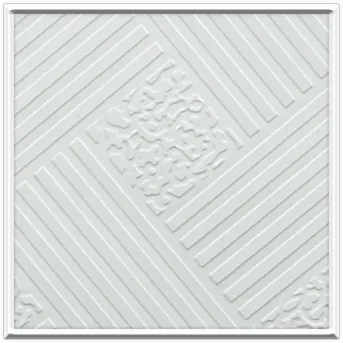- Afrikaans
- Albanian
- Amharic
- Arabic
- Armenian
- Azerbaijani
- Basque
- Belarusian
- Bengali
- Bosnian
- Bulgarian
- Catalan
- Cebuano
- Corsican
- Croatian
- Czech
- Danish
- Dutch
- English
- Esperanto
- Estonian
- French
- German
- Greek
- Hindi
- Indonesian
- irish
- Italian
- Japanese
- Korean
- Lao
- Malay
- Myanmar
- Norwegian
- Norwegian
- Polish
- Portuguese
- Romanian
- Russian
- Serbian
- Spanish
- Swedish
- Thai
- Turkish
- Ukrainian
- Uzbek
- Vietnamese
aug. . 05, 2024 23:28 Back to list
Innovative Design Ideas for Ceiling Trap Doors to Enhance Your Home's Functionality and Aesthetics
Ceiling Trap Doors A Hidden Architectural Gem
Ceiling trap doors are unique and often overlooked features in architecture that serve both practical and aesthetic purposes. Traditionally associated with attics, basements, and hidden spaces in homes or public buildings, these discreet portals hold a myriad of possibilities for homeowners, designers, and builders alike.
Firstly, one of the most practical uses of ceiling trap doors is in providing access to usually hard-to-reach areas, such as attics or lofts. In many homes, attics serve as valuable storage spaces, housing everything from seasonal decorations to old furniture. However, without a proper access point, these areas can become difficult to utilize effectively. Installing a ceiling trap door simplifies this process by offering a safe and efficient way to enter these spaces. With an accompanying ladder or foldable staircase, homeowners can easily retrieve or store items without the risk of damage to the ceiling or personal injury from attempting a precarious climb.
In addition to practicality, ceiling trap doors can also serve an aesthetic purpose. In contemporary and minimalist designs, the seamless integration of a trap door can add an element of surprise and intrigue to a space. When closed, a ceiling trap door can be designed to blend in with the surrounding architecture, preserving the fluidity of a ceiling line and maintaining the visual appeal of a room. This design approach encourages creative exploration within the realm of home decor, as it allows for hidden storage solutions without compromising on style.
ceiling trap doors

Beyond residential uses, ceiling trap doors find their place in commercial and public buildings as well. In theaters, for instance, trap doors are employed for stage mechanics, allowing actors to make dramatic entrances or exits as if by magic. These openings can be a crucial part of set design, enabling quick scene changes and heightening the theatrical experience for audiences. Similarly, in museums and galleries, trap doors can be used to conceal exhibits or storage areas, aiding in the overall flow and organization of the space.
Moreover, ceiling trap doors can enhance security measures in various settings. In homes, they can lead to secure rooms or safe spaces that provide additional sanctuaries in emergencies. In commercial buildings, trap doors might be used in external or internal security systems, allowing for discreet access to sensitive areas or for the installation of security hardware.
However, despite their many advantages, ceiling trap doors also require careful consideration during the design and installation process. A poorly designed or constructed trap door can result in leaks, compromised insulation, or safety hazards if not properly secured and maintained. Therefore, it is crucial for homeowners and builders alike to consult professional architects or contractors when incorporating this feature into their designs.
In conclusion, ceiling trap doors are a fascinating intersection of functionality and creativity in architectural design. Whether used for practical storage solutions, to enhance aesthetic appeal, or for theatrical effects, these hidden access points can transform a space into something truly unique. As more homeowners and designers embrace innovative and space-efficient concepts in their projects, ceiling trap doors are poised to emerge from the shadows, gaining recognition as a valuable architectural gem. They remind us that often the most intriguing elements of design lie just above our heads, waiting to be discovered.
-
Transform Interiors with PVC Gypsum Ceiling: A Stylish, Durable, and Moisture-Resistant SolutionNewsMay.19,2025
-
The Smart Interior Upgrade: Discover the Durability and Versatility of Gypsum Ceiling Access Panel SolutionsNewsMay.19,2025
-
The Smart Choice for Interior Design: Discover the Value of PVC Gypsum Ceiling SolutionsNewsMay.19,2025
-
Mineral Fiber Ceiling Tiles: The Smart Blend of Performance and AestheticsNewsMay.19,2025
-
Mineral Fiber Ceiling Tiles: The Superior Choice Over Gypsum for Sound and Fire SafetyNewsMay.19,2025
-
Mineral Fiber Ceiling Tiles: Eco-Friendly Strength and Style for Every CeilingNewsMay.19,2025







